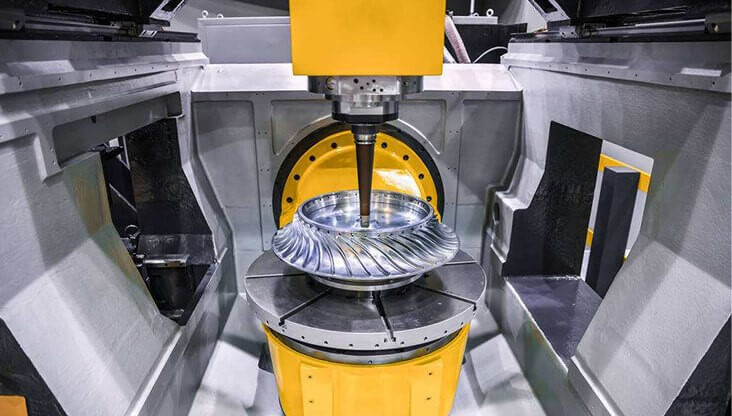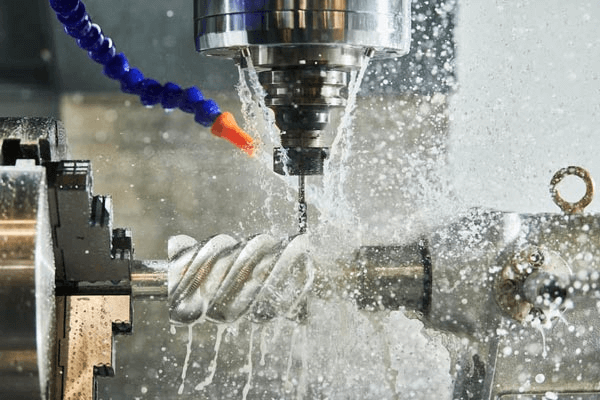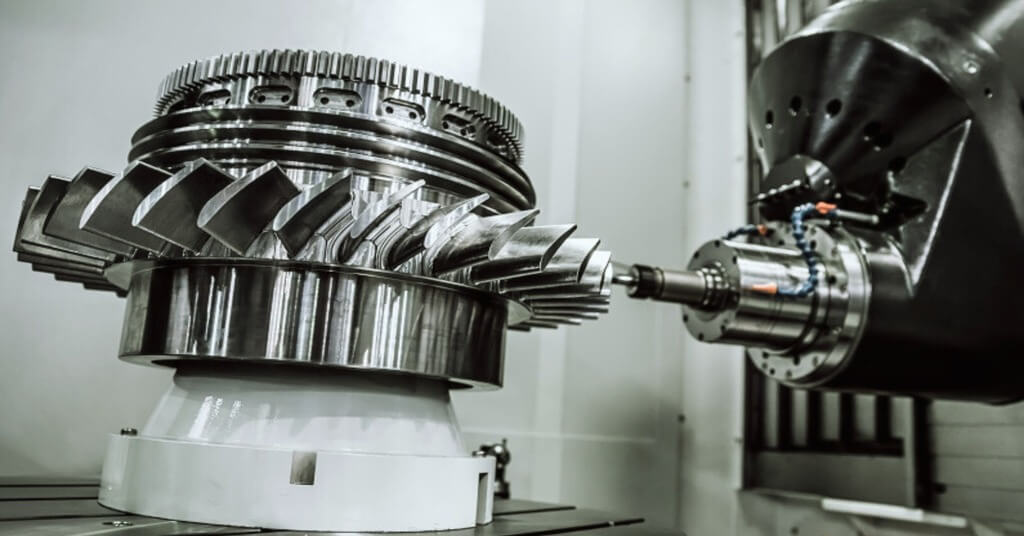Importance of CNC Machining
In the dynamic world of design, the ability to transform ideas into tangible objects is what sets exceptional designers apart. This is where CNC machining concepts come in, a transformative technology that revolutionizes the way we bridge the gap between imagination and creation.
It goes beyond traditional manufacturing methods, providing designers and engineers with unprecedented flexibility, precision and efficiency to produce complex geometries.
1.What is CNC machining?
CNC machining is a subtractive manufacturing process in which computer software controls automated machinery to remove material from a solid block, transforming it into the desired final shape. This versatile process offers many advantages, making it a valuable tool for designers, engineers, and manufacturers.

2.Unleashing Design Potential
1) Precision and Accuracy
CNC machines operate exceptionally well, always ensuring fine details and tight tolerances. This level of precision is essential for designs that require a high level of functionality or aesthetics.
2) Design Freedom
Unlike traditional manufacturing methods, geometric constraints do not limit CNC machining. Complex shapes, intricate curves, and even fine finishes can be achieved with amazing precision, allowing designers to push the boundaries of creativity.
3) Material Diversity
CNC machining can handle a wide range of materials, from metals such as aluminum, steel, and titanium to plastics, allowing designers to choose the perfect material for their project.
4) Rapid Prototyping
The ability to quickly and efficiently create prototypes is a fundamental change in the design process. CNC machining allows designers to quickly iterate their concepts, test functionality, and refine their ideas before committing to mass production.
5) Cost-Effectiveness
While the initial setup costs of CNC machining can be high, the process can offer significant cost savings in the long run, especially for low-volume production or complex designs. This makes it ideal for startups, independent designers, and businesses with limited production needs.

3.Beyond Design: The Wider Impact of CNC Machining
The impact of CNC extends far beyond the world of design. It plays a vital role in a variety of industries, including:
Aerospace
The rigorous demands of the aerospace industry require parts with exceptional precision and lightweight characteristics. CNC plays an important role in manufacturing critical components for aircraft and spacecraft.
Automotive
From complex engine components to lightweight body panels, CNC plays a vital role in the automotive machining industry, helping to create high-performance, fuel-efficient vehicles.
Medical Devices
The medical field is highly dependent on precise and reliable instruments. CNC machining is used to manufacture a variety of medical devices, from surgical tools to prosthetics, ensuring patient safety and functionality.
4.The Future of CNC Machining
As technology continues to advance, so too will the capabilities of CNC machining. Advances in automation, software, and materials science will further increase precision, efficiency, and the range of materials that can be utilized. This continued evolution promises to solidify machining as an indispensable tool for designers, engineers, and manufacturers, shaping the future of product creation across a wide range of industries.
In short, it’s more than just a manufacturing process; it’s a powerful tool that helps designers turn their visions into reality. By unlocking design freedom, ensuring precision, and providing material versatility, it’s changing the design landscape, paving the way for a future filled with innovative and groundbreaking creations.
